Documenting family time with my 5 iPhone photography tips
#1 Lighting
The first fundamental variant to photography is figuring out lighting. Start noticing when during the day you have the brightest light in your house and take note of where the biggest windows are. These spots are where you’ll want to set up your family time so you have nice lighting. Don’t fuss about the backdrop, it doesn’t have to be perfect. The lighting is much more important. A quick tip to help you find where the light falls best is to put your hand in front of you like you’re waving at someone, turn in a circle while watching where the light and shadows fall on your hand. The spot with the brightest light is going to be your best location.
Tip: windows and bright white walls will be your friend.
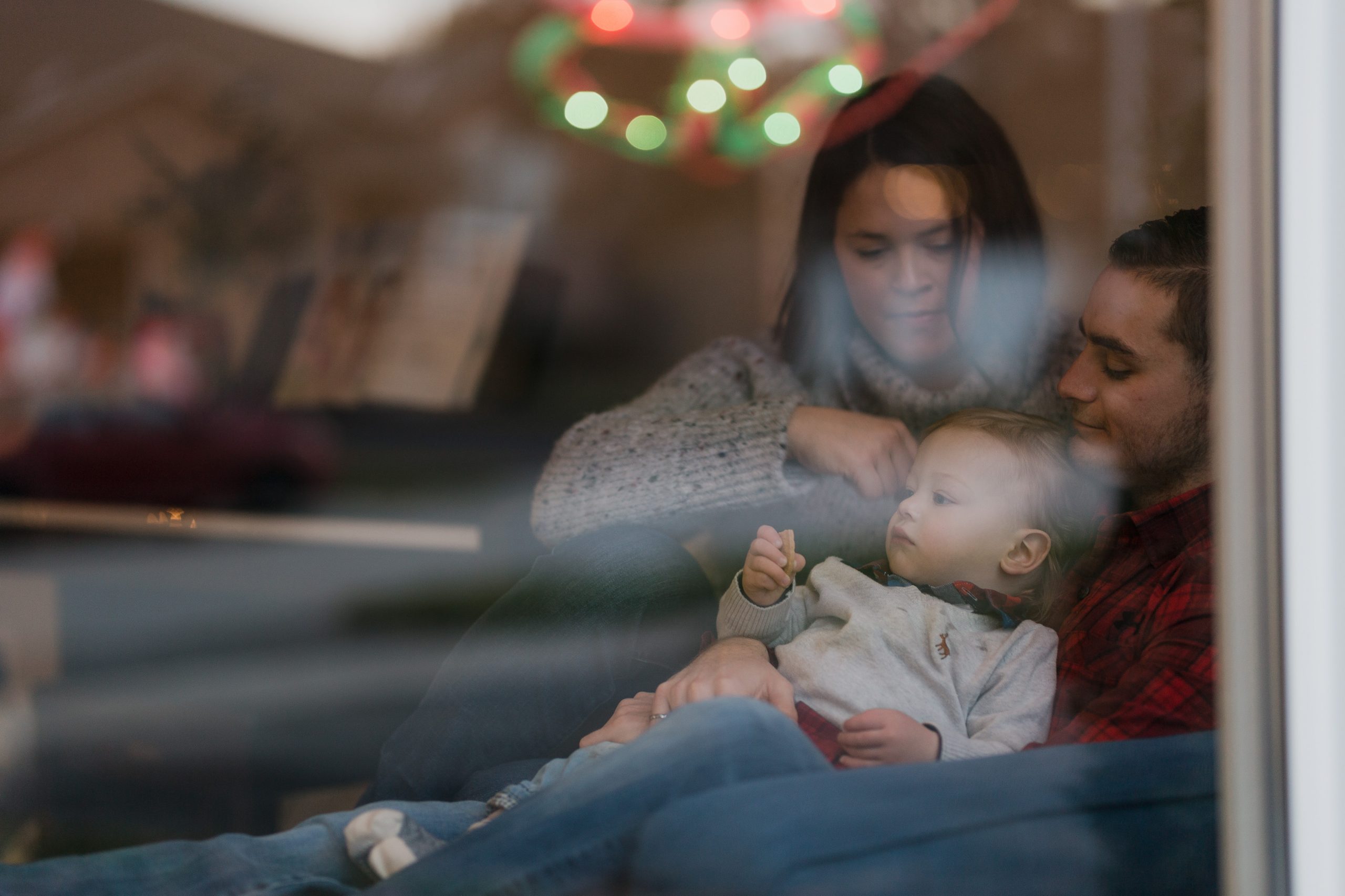
#2 Tight locations
Use the panorama feature on your phone to catch a wider shot. These work for both posed photos and candid ones, assuming no one is moving around much. And if you’re getting really bored and in the mood to get creative, you can use this feature to stitch together a photo with one person cloned to appear several times (see examples and learn how to do that here).
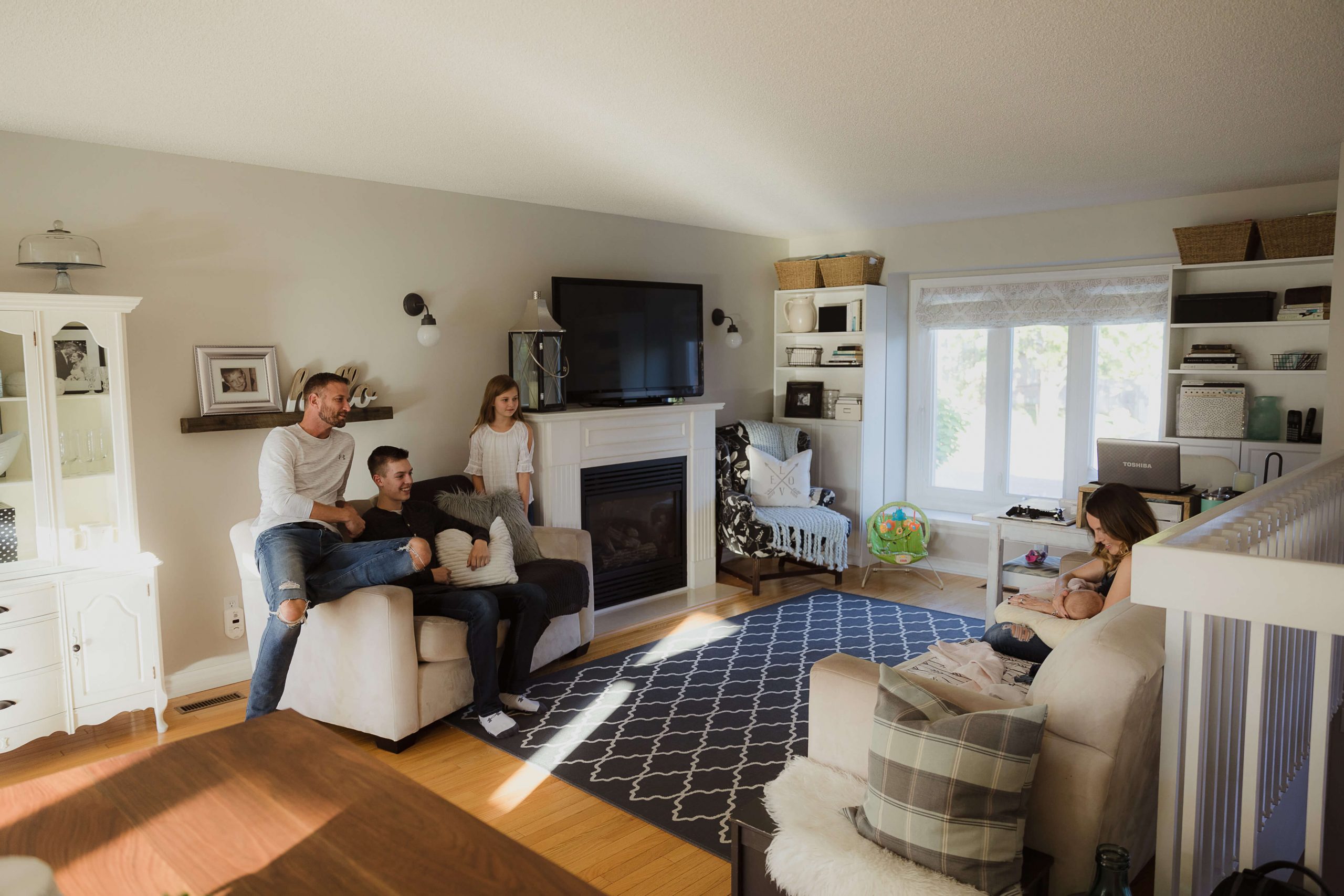
#3 Angles and framing
You know that grid that’s sometimes on your camera display? It divides your photo into 9 equal sections. That’s there to help you compose your photo in two ways. First, to help you keep your lines straight, and second, to remind you of the rule of thirds (learn about that here).
Turn that setting on and remember to use it! And while we’re talking framing, get fancy with different perspectives and by “hiding” behind things in the foreground to subtly add dimension to the photo.
Tip: put faces in one of the four conjunctions of the grid for the most balanced composition (see the second photo for an example).
Tip: make sure what you’re hiding behind is in the light or it’ll just look like someone blocking your shot. Here’s a few examples of this:
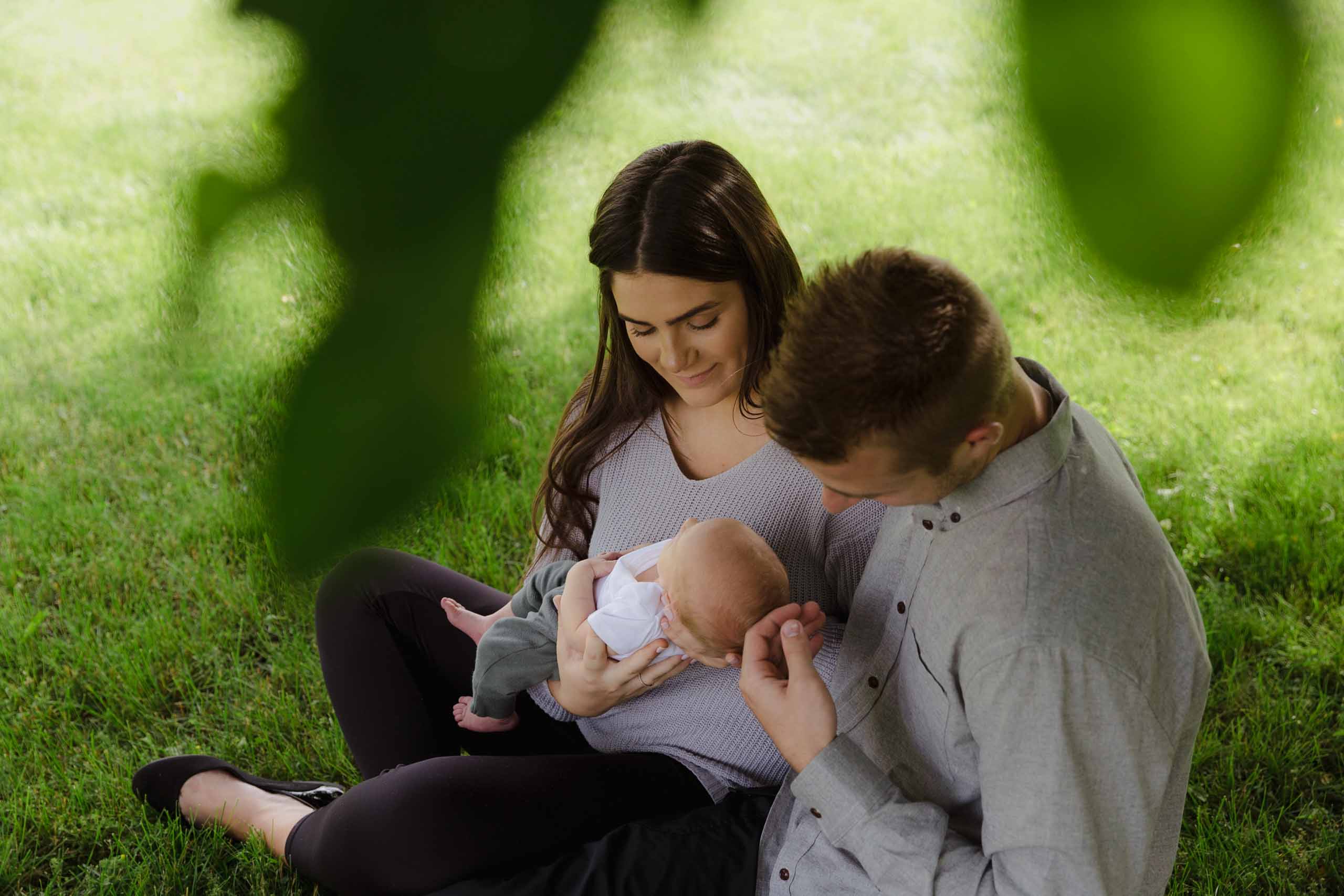
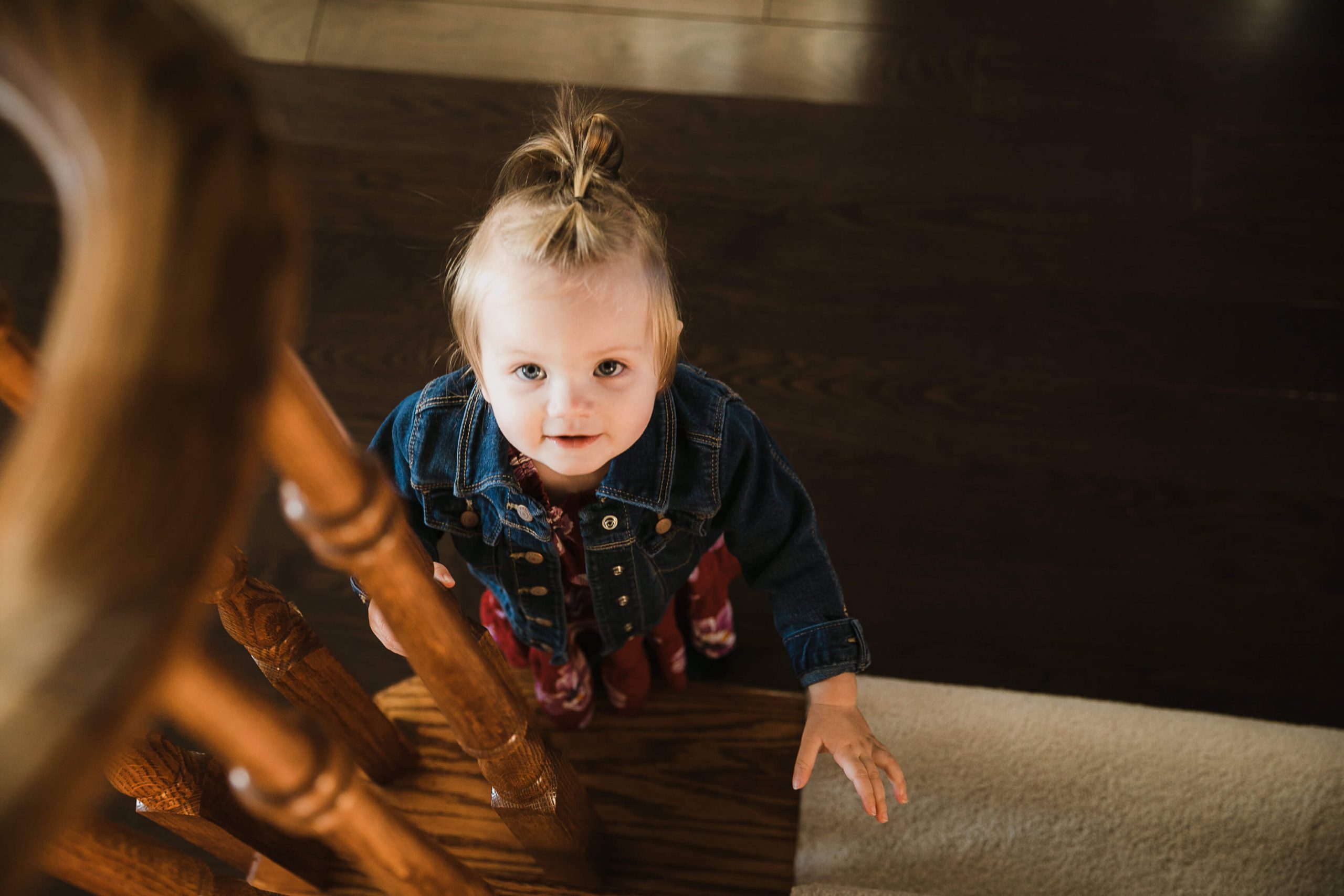
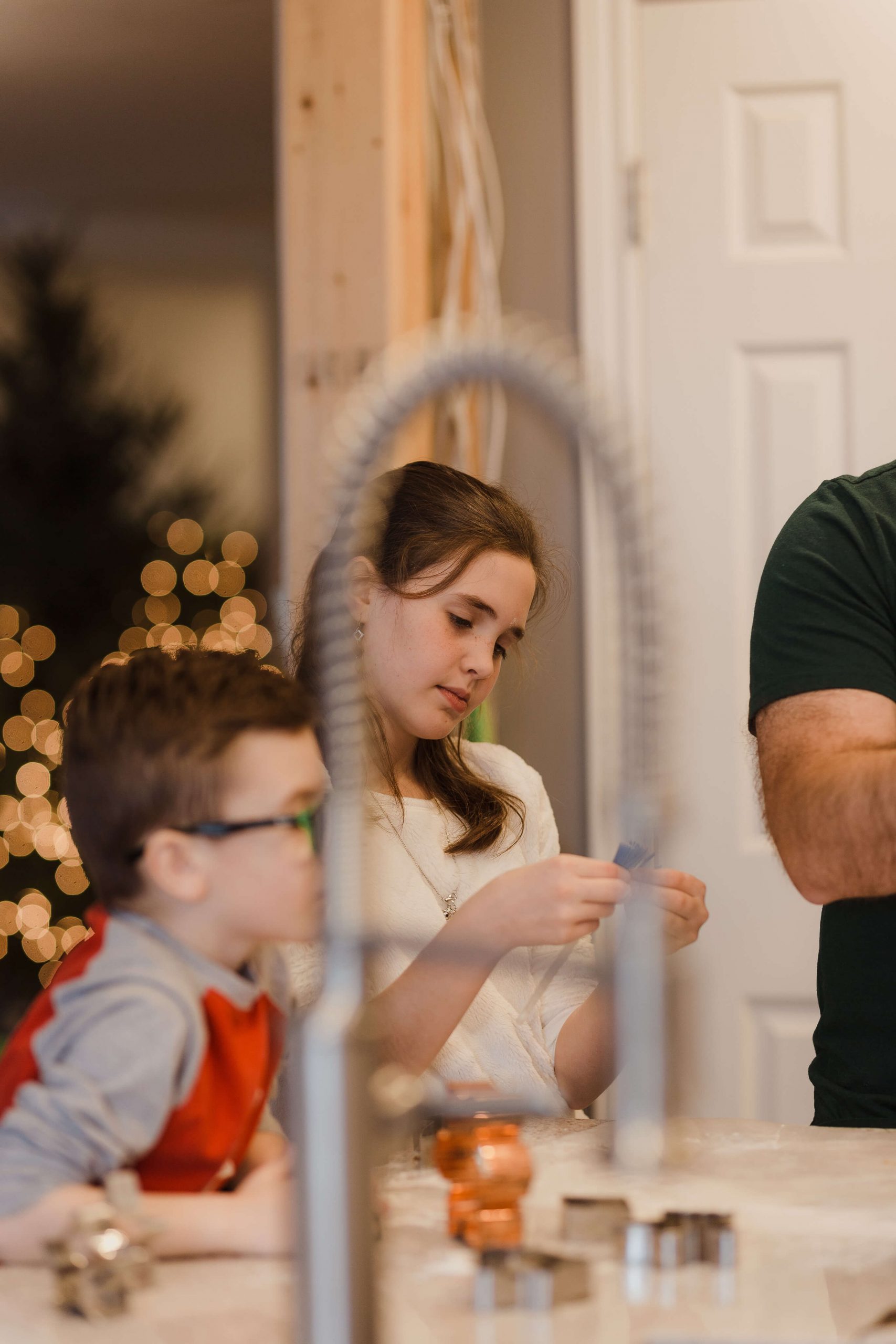
#4 Don’t say cheese
Everyone loves candid photos, yet often people still tell everyone that they’re taking a photo, prompting a “cheese” smile from those in the photo. Instead of letting people know before you take the photo, tell them after you’ve captured the memory.
Tip: keep your phone up to catch the reaction after you tell them you’re photographing them. Even if their reaction isn’t anything photo-worthy, you’re still ready to catch the “cheese” shot when they give it to you.
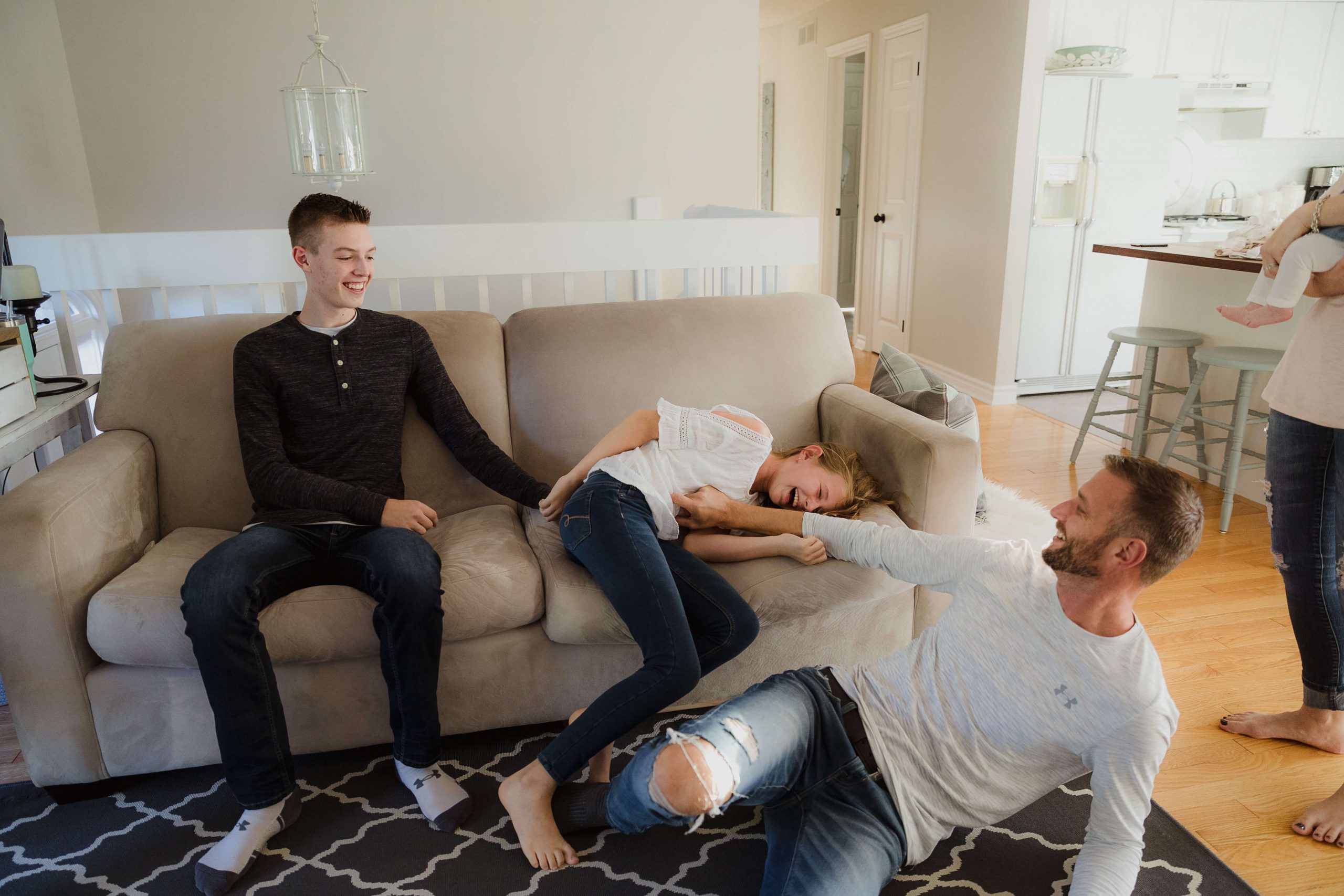
#5 A day in the life
Set your phone timer for 1 hour increments and take a photo of what the family is doing every time it goes off. This is an easy way to document this strange time in your lives and be able to look back on it. Use the previous tips when you do this and if you post it on Instagram, tag #DayInTheLife so I can check it out! Another variation of this is to take a photo from the exact same angle every hour to tell the story of your home more than the story of your family.
Tip: don’t tell your family what you’re doing until after, so they don’t start acting a certain way for the camera.
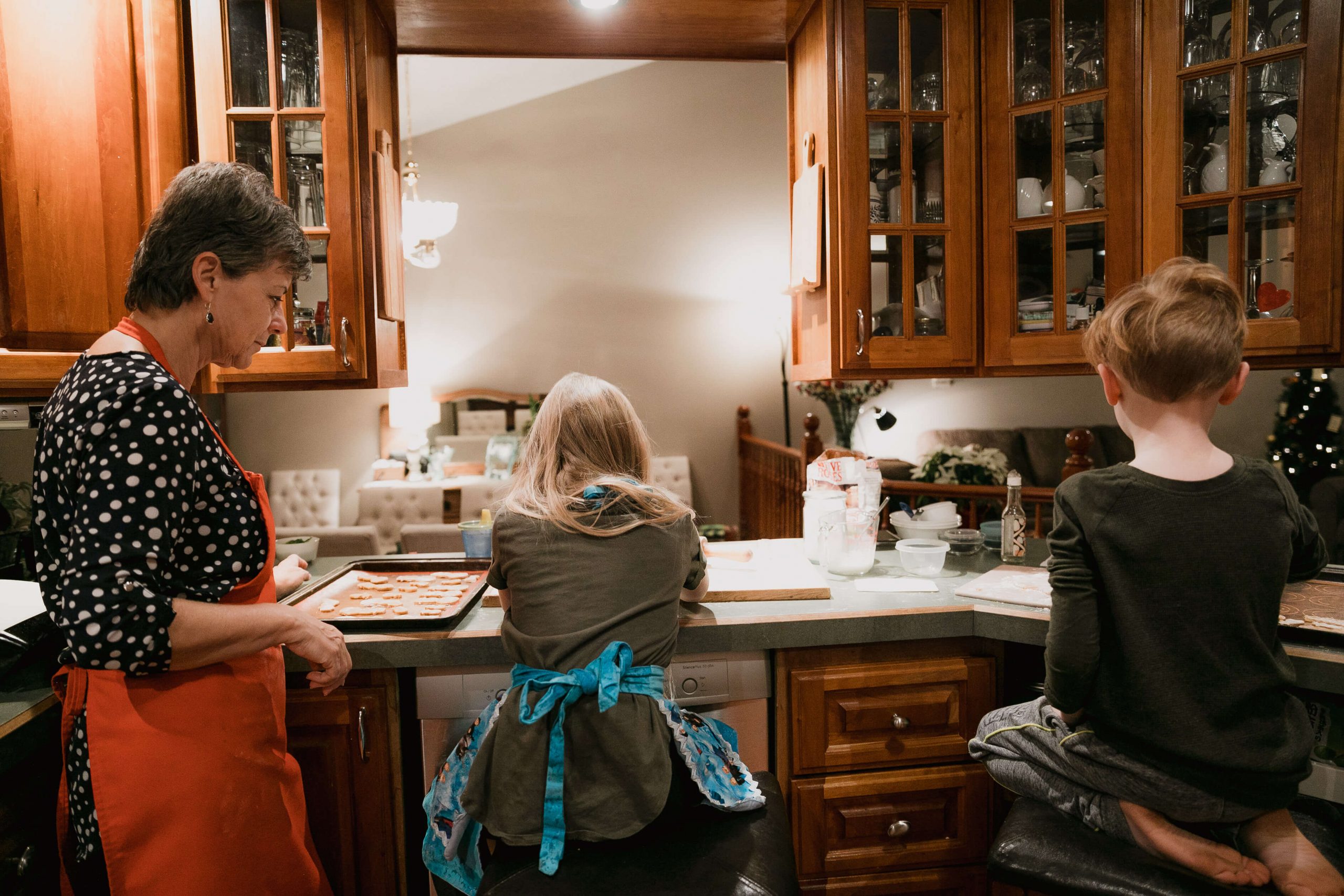
Other blog posts you might be interested in:
March 25, 2020
Be the first to comment